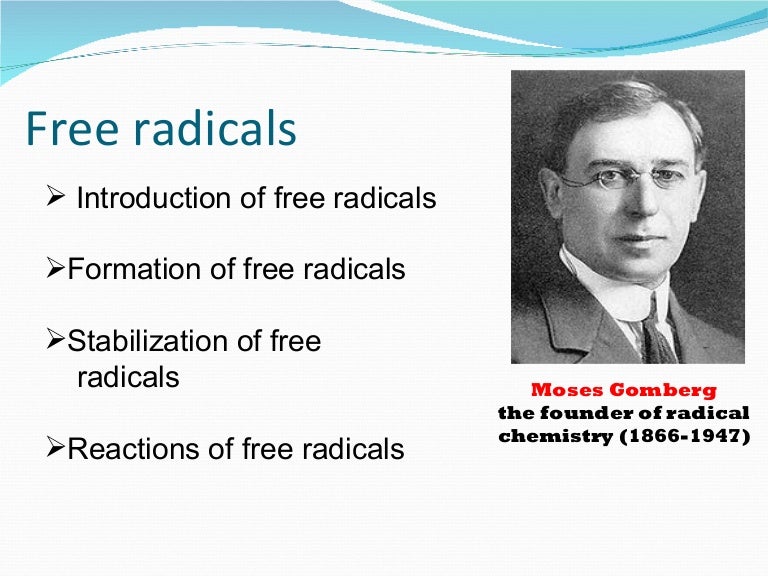
Thorium-232 is the lightest primordial nuclide that has left evidence of undergoing spontaneous fission in its minerals. These are elements at least as heavy as thorium-232 – which has a half-life somewhat longer than the age of the Universe. Spontaneous fission is feasible over practical observation times only for atomic masses of 232 a.m.u. Spontaneous fission has never been observed in the naturally-occurring isotopes of these elements, however. The lightest natural nuclides that are hypothetically subject to spontaneous fission are niobium-93 and molybdenum-94 (elements #41 and #42, respectively). Because the nuclear binding energy of the elements reaches its maximum at an atomic mass number greater than about 58 atomic mass units (u), spontaneous breakdown into smaller nuclei and a few isolated nuclear particles becomes possible at heavier masses.īecause of the constraints in forming the daughter fission-product nuclei, spontaneous fission into known nuclides becomes theoretically possible (that is, energetically possible) for some atomic nuclei with atomic masses greater than 92 atomic mass units (a.m.u.), with the probability of spontaneous fission increasing as the atomic mass number increases above this value. Spontaneous fission (SF) is a form of radioactive decay that is found only in very heavy chemical elements. For more information please read the layout guide and Wikipedia's lead section guidelines.

Please help by moving some material from it into the body of the article. This article's introduction may be too long for its overall length.


 0 kommentar(er)
0 kommentar(er)
